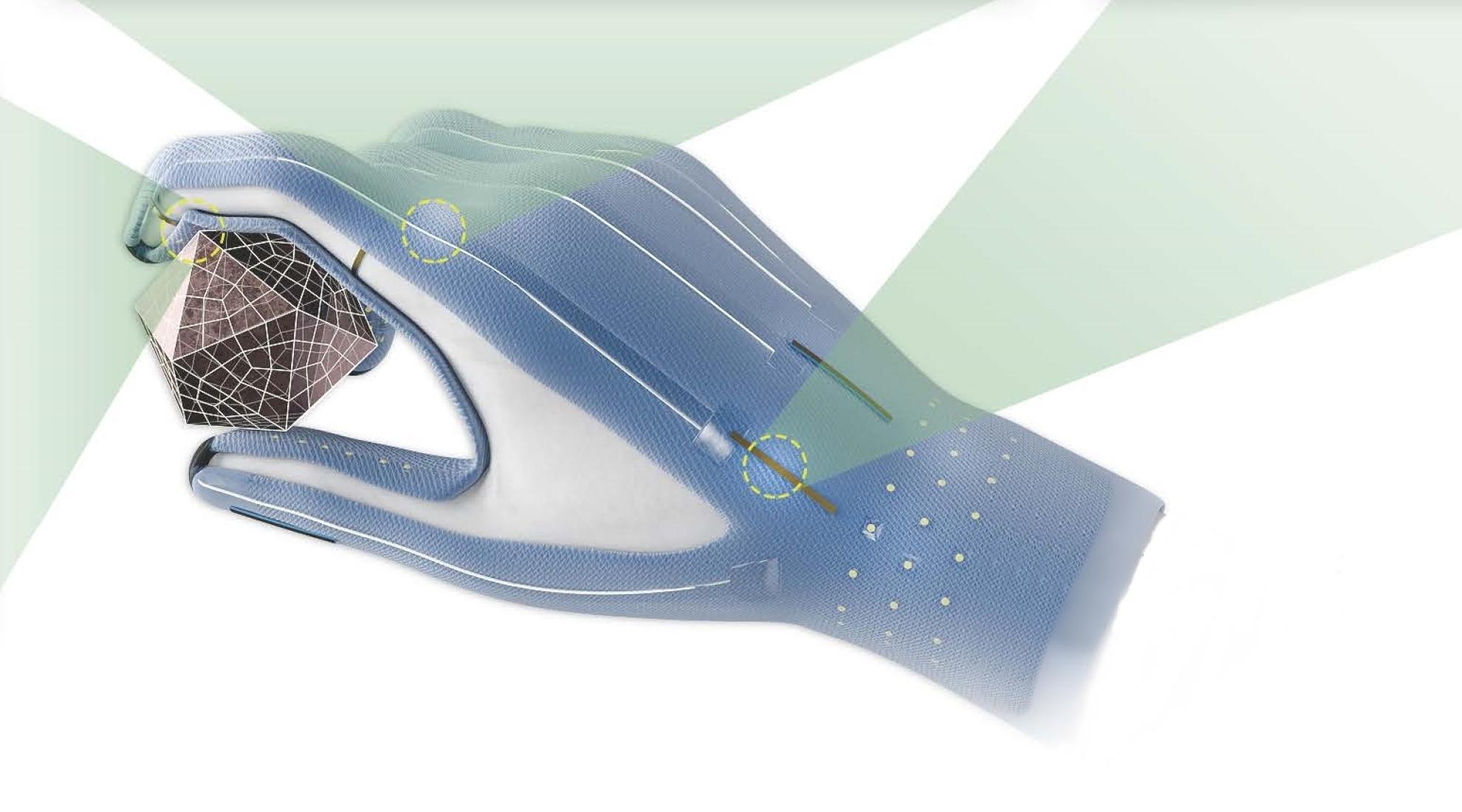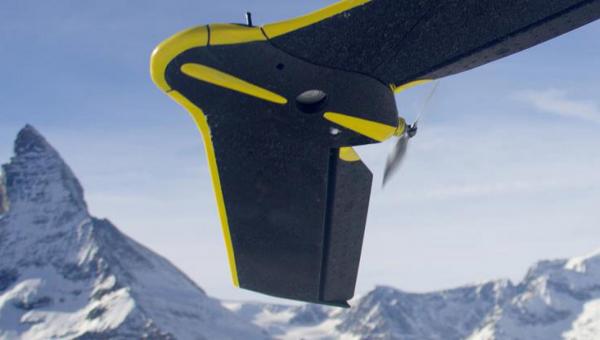VR glove from 3D printer with artificial muscles

Researchers from Switzerland are working on a VR glove that will be custom-made in a 3D printer and equipped with artificial muscles.
ETH Zurich, together with EPFL Lausanne and the Swiss Federal Laboratories for Materials Science and Technology (Empa), are researching a new type of virtual reality glove. The glove will primarily be produced automatically in a 3D printing process, making it possible to tailor the glove to the user.
Making the virtual world tangible
In a four-year project called 'Manufhaptics', the research group plans to produce a haptic glove that makes virtual worlds tangible, according to a media release. The difference to current VR gloves is that Manufhaptics will consist of entirely new materials. This is necessary because all components will be produced automatically in a 3D printer.
Three different actuators
The researchers want to integrate three different types of actuators into the glove to make virtual surfaces tactile and objects tangible. First, they plan to create nubs on the underside of the fingers to replicate a specific surface texture. Then, electrostatic brakes are mounted in the area of the finger joints that stiffen the glove and block the joints. This simulates larger, solid objects that offer resistance when touched.
The third type are dielectric elastic actuators, which are used on the back of the hand and tighten the outer skin of the glove so that it fits perfectly. They can also exert pressure on the surface of the hand.
Up to 1,000 fine layers
The plan is to superimpose up to 1,000 fine layers from the 3D printer, alternating between the electroactive polymer and a current-conducting layer. The 3D printing process presents new challenges, as it must work without solvents, and the inks used must have precisely the right consistency to flow out of the printer's nozzle and remain dimensionally stable on the base.
Electroactive polymers react to electric fields and contract like a muscle. But they can also serve as a sensor, absorbing an external force and generating an electrical pulse from it.
Hand-cream-like substance
After a long series of tests, the ETH Zurich team found a promising formulation: a cream-like substance that is liquid enough and dimensionally stable, and from which electroactive polymers can be created in a single step.
The researchers have successfully processed the material into several layers in their 3D printer, but they are still a long way off from the targeted 1,000 layers. So far, they have about ten layers, and the artificial muscle still needs to function satisfactorily.
Despite the remaining challenges, the researchers are confident that they will be the first research team in the world to produce a VR glove in a 3D printer.




